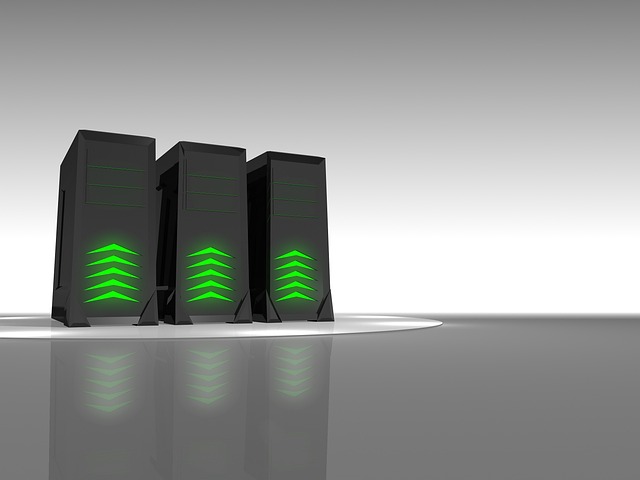
Securing Your IT Infrastructure: Data Center Security Tips
In today’s digital landscape, where data breaches and cyber threats loom larger each day, ensuring robust data center security is paramount for any organization. The backbone of any business’s IT infrastructure lies within the walls of its data center. These facilities not only house critical servers but also contain sensitive information that must be protected at all costs. As businesses increasingly rely on cloud services and remote access, the need for stringent security measures grows exponentially.
First and foremost, physical security should not be overlooked. Implementing access control measures is essential—this can include biometric scanners, key card access, and surveillance systems. Keeping unauthorized personnel out of the data center is the first step in safeguarding your IT assets. Regular audits and inspections of these security systems can ensure their effectiveness and identify any vulnerabilities that need to be addressed.
Beyond the physical aspects, organizations must also focus on cybersecurity practices. Firewalls, intrusion detection systems, and antivirus solutions are critical layers of defense. These tools can help monitor traffic and detect malicious activity before it becomes a significant threat. Regular software updates and patches are essential to protect against known vulnerabilities, while robust encryption protocols ensure that sensitive information remains confidential, even if intercepted.
Employee training should also play a key role in your data center security strategy. Often, human error can be the weakest link in a security chain. By educating staff on the importance of security best practices, such as recognizing phishing attempts and using strong passwords, companies can mitigate risks stemming from internal sources. A culture of security awareness can empower employees to contribute actively to protecting valuable IT assets.
On another front, maintaining a robust incident response plan is vital. Even with top-notch security measures in place, the possibility of a breach or outage exists. Preparing for such incidents means ensuring that your team knows how to respond swiftly and effectively. This should include regular drills, updates to your response procedures, and clear lines of communication within the organization.
Lastly, consider the role of environmental factors in your data center security. Climate control is crucial for preventing physical damage to hardware, which can be caused by overheating or leaking pipes. Using monitoring tools to keep track of temperature and humidity levels can aid in maintaining optimal conditions for your infrastructure.
Achieving comprehensive data center security requires a blend of strategies—physical security, cybersecurity measures, employee training, incident preparedness, and environmental monitoring. As we venture deeper into an era defined by technological advancement, the importance of a secure IT infrastructure cannot be overstated. The path to effective data center security lies in a proactive approach that addresses both existing and emerging challenges in the realm of IT.



